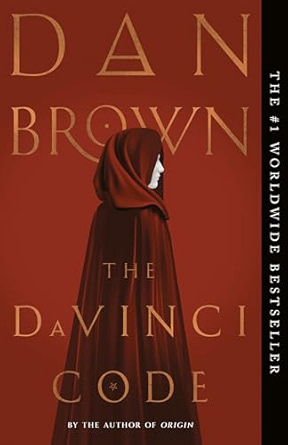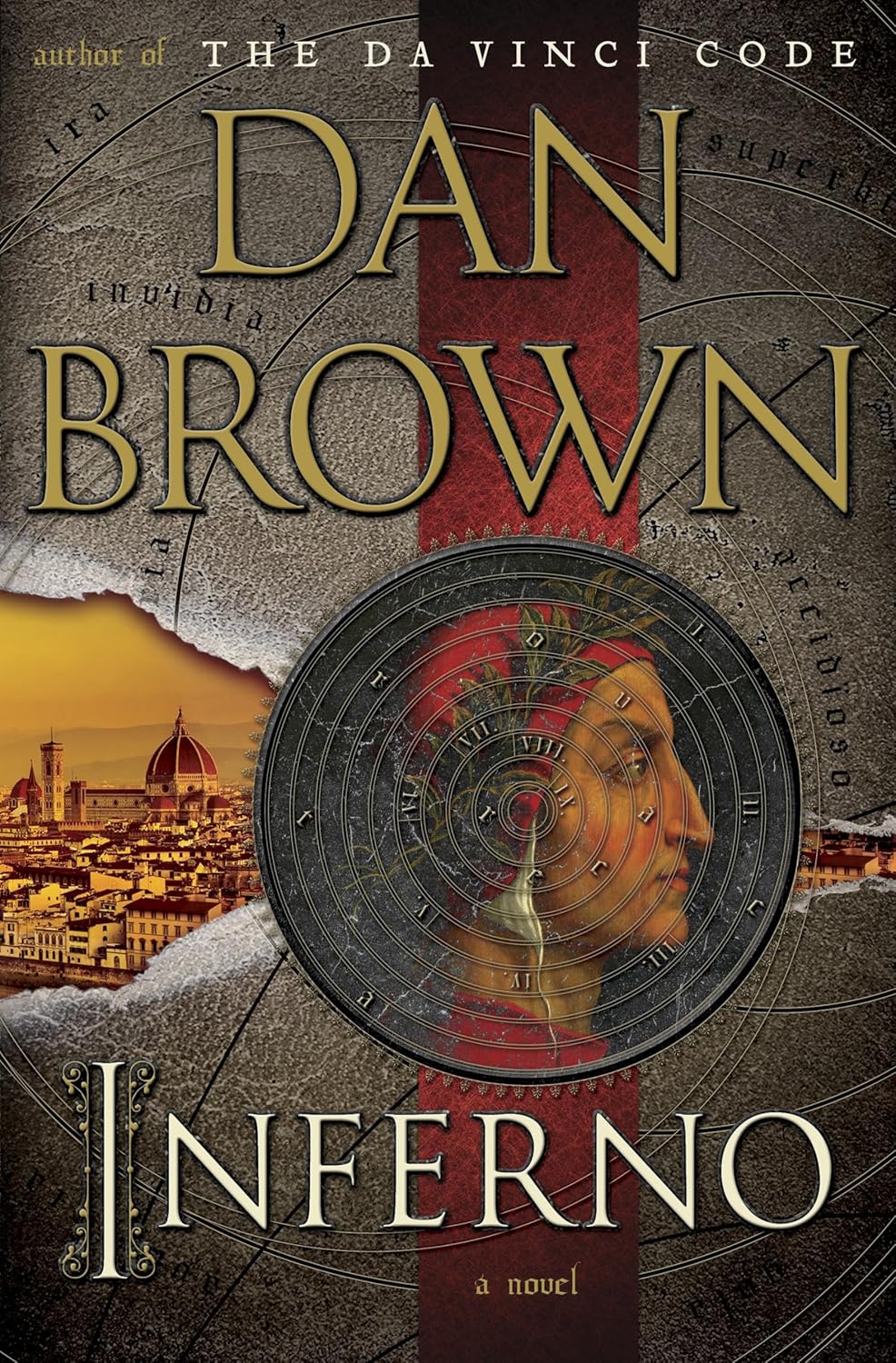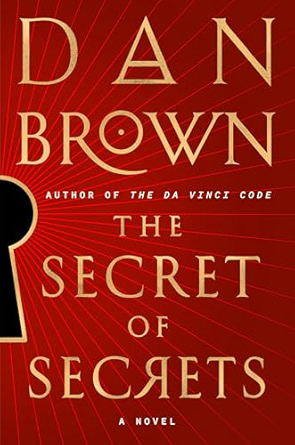Robert Langdon Books in Order
This reading order guide provides the complete list of Robert Langdon books in order, from the very first to the latest, so you won’t miss anything!
About the Robert Langdon Series
The Robert Langdon series is one of those rare book collections that pulls you in from the very first page and refuses to let go. Written by best-selling American author Dan Brown, these novels blend fast-paced suspense with deep historical mysteries in a way that feels both thrilling and educational. The series currently includes five books, each of them starring the unforgettable protagonist, Professor Robert Langdon—a Harvard University scholar of religious symbology and iconology. Through his eyes, readers travel across iconic cities, uncovering secrets hidden for centuries in art, architecture, and ancient texts. From the dark corners of the Vatican to the shadowy secrets of the Louvre, Langdon’s journeys are always intense, intelligent, and filled with heart-pounding twists.
What makes this series especially captivating is the perfect balance it strikes between intellectual depth and mainstream appeal. Professor Langdon isn’t your typical action hero. He doesn’t carry a weapon or fight in hand-to-hand combat. Instead, he uses his mind. He decodes symbols, translates forgotten languages, and solves deadly puzzles—all while the clock is ticking. His character is said to be inspired in part by author Dan Brown himself, who once admitted that Langdon was the man he always dreamed of being. Brown even gave him the same birthday, hometown, and alma mater, which makes the character feel all the more real. It’s no wonder readers around the world have grown so attached to him.
Interestingly, Langdon was also named after John Langdon, a real-life typographer known for his intricate ambigrams—words designed to appear the same when read upside down. John’s artistic genius was featured prominently in Angels & Demons, the first book in the series, and his work helped set the tone for the mysterious world Dan Brown was building. The attention to visual symbols, hidden meanings, and philosophical debates gives these novels a unique flavor that sets them apart from typical thrillers.
Over the years, the books have not only sold millions of copies but have also been transformed into blockbuster Hollywood films. Actor Tom Hanks took on the role of Robert Langdon in four of these movies, including The Da Vinci Code, Angels & Demons, and Inferno. With his thoughtful gaze and quiet confidence, Hanks brought the beloved professor to life in a way that many fans found deeply satisfying. Each film, like the books, was a global success and introduced even more people to the world of Robert Langdon.
One of the best things about this series is how it blends real history and fiction so seamlessly. When reading these books, you often find yourself Googling terms, places, and symbols, wondering what’s real and what’s made up. And that’s exactly what Dan Brown wants. He invites readers to think critically, to question what they’ve been told, and to see history from a new perspective. It’s no surprise that the books often spark debates and curiosity long after you finish the final chapter.
Langdon himself is also a deeply human character. Despite his brilliance, he has fears, doubts, and habits that make him relatable. For example, he wears a Mickey Mouse watch—a gift from his parents—which reminds us that even the smartest people have a sentimental side. He also swims 50 laps every morning, not to show off, but as a way to clear his mind and prepare for the challenges of the day. These little details make him feel less like a fictional hero and more like someone you might actually know (or wish you knew).
In short, the Robert Langdon series offers more than just thrilling chases and mysterious codes. It’s a journey through time, culture, and belief. It challenges the reader to think, to wonder, and to never stop asking questions. Whether you’re new to the series or a long-time fan, one thing is certain: once you enter Robert Langdon’s world, you’ll never see history—or fiction—the same way again.





